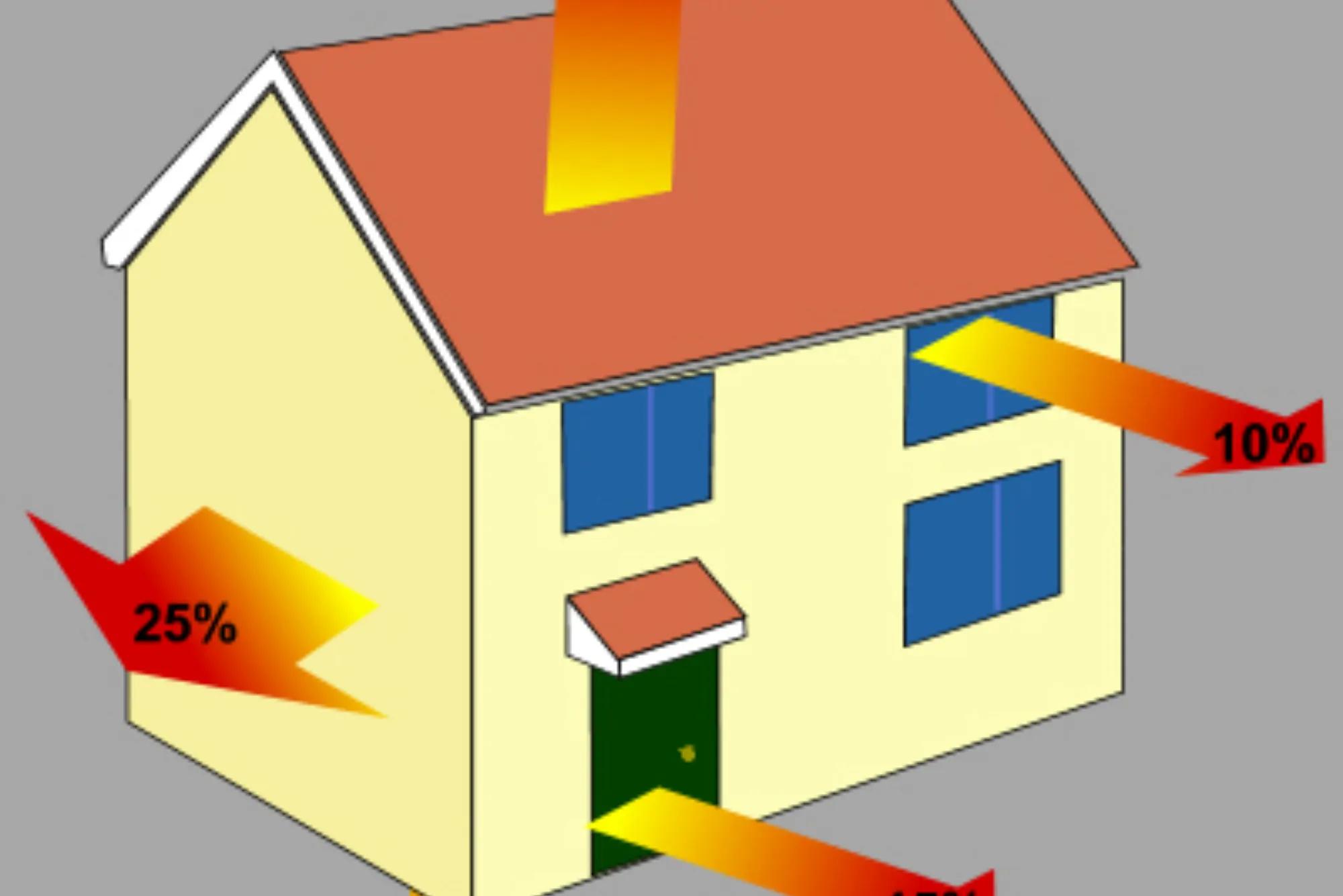Introduction
Choosing the right electrical outlet for your home or workspace may not sound exciting, yet it’s an important decision. Whether you’re planning a renovation, upgrading appliances, or reorganizing spaces, understanding which outlet fits your plan will save you frustration and cost. In this article, we’ll walk you through the key factors, types of outlets, and how to match them to your requirements so you can feel confident that the outlet you choose truly fits your plan.
Why Matching the Right Outlet Matters
When you match the proper outlet to your needs, you benefit in three major ways: safety, efficiency, and convenience. A mismatch may lead to overloaded circuits, incompatible plugs, or costly rewiring. Considering your plan ahead avoids surprises down the road. It also ensures your outlet choice supports your goals—whether everyday use, high‑power appliances, or future tech.
Assessing Your Plan: What Are Your Needs?
Before selecting an outlet, take time to assess your plan. Answering key questions now will help you determine the type of outlet that fits your scenario.
What Will You Plug In?
List the devices or appliances you intend to connect. Are they light-load devices like phone chargers and lamps, medium appliances like microwaves and washers, or heavy-duty equipment like HVAC systems or electric vehicle chargers? Standard 15-amp outlets may suffice for everyday use, whereas 20-amp or 240-volt outlets are required for larger equipment.
What Is Your Budget and Wiring Condition?
Your current wiring may limit your options. If your panel or circuit can’t handle higher-capacity outlets, additional work may be required. Budget not just for the outlet itself but also for installation, potential rewiring, and permits. If your wiring is old, upgrading to grounded or tamper-resistant outlets may be wise.
Where Will the Outlet Be Located?
Different locations require different safety features. Outlets in kitchens, bathrooms, or outdoor areas may need GFCI protection. Bedrooms or living areas may require AFCI outlets. Matching the location with the right outlet type ensures both safety and code compliance.
Are You Planning for Future Use or Upgrades?
Think ahead: will you later add a home office, a high-power tool in the garage, or an EV charger? Choosing an outlet now that supports future growth means less disruption later. It may cost slightly more now, but it will save hassle and expense down the road.
Key Types of Outlets and How They Fit Your Plan
Here are the main outlet types and how they fit different planning scenarios.
Standard 15A, 120-Volt Outlets
This is the typical household outlet for everyday chargers, lamps, and TVs. They’re widely used and inexpensive but have limits—trying to plug in heavy appliances may overload them.
Best fit: General living rooms, bedrooms, and low-power devices.
When it might not fit: Kitchens with many large appliances, workshops, or EV chargers.
20A or Higher Amperage Outlets
These outlets support more current and are places used for medium-to-heavy devices like large refrigerators, power tools, and heavy kitchen gear. They often have a T-shaped slot to indicate 20A rating.
Best fit: Rooms with multiple large appliances, home workshops, or serious hobby zones.
Note: Ensure the circuit wiring and breaker support 20A or more—simply installing a 20A outlet on a 15A circuit is unsafe.
240-Volt or Specialized Outlets
For the largest loads, such as electric dryers, large air conditioners, EV charging, and industrial tools, 240-volt outlets often come with three or four prongs and high amperage.
Best fit: Plans that involve major appliances or future upgrades.
Important: Requires dedicated circuit, correct wiring, and may involve permit work.
Safety-Enhanced Outlets (GFCI, AFCI, Tamper-Resistant)
Outlets with built-in safety features match specific zones and uses.
GFCI: Ideal for wet areas like kitchens, bathrooms, and outdoor spaces.
AFCI: Designed to prevent fires from arcing faults, increasingly required in bedrooms.
Tamper-resistant: Blocks foreign objects, making outlets safe for children.
Best fit: High-risk zones or areas built to current safety standards.
Smart or USB-Integrated Outlets
Modern plans may benefit from outlets with USB ports or smart connectivity. Great for charging devices, reducing clutter, and supporting home automation.
Best fit: Home offices, kitchens, and bedrooms where charging devices is frequent.
Bonus: These fit future-oriented plans, offering convenience and flexibility.
Matching the Outlet to Your Plan: Step-by-Step
Here’s a practical guide to help you determine which outlet fits your plan:
Inventory your devices and loads. List what you’ll plug in now and in the next 2–5 years.
Check your existing wiring and panel. Is your circuit 15A, 20A, or higher? Is it grounded? Are outlets two-prong or three-prong?
Map outlet locations by function. Separate zones for everyday, medium-load, heavy-load, and outdoor/wet areas.
Select outlet types for each zone based on load and safety:
Everyday zone → standard 15A, grounded if possible.
Medium-load zone → 20A rated outlet.
Heavy-load zone → 240-volt or dedicated circuit outlet.
Wet/outdoor zone → GFCI, weather-resistant.
Safety/kids zone → tamper-resistant outlets.
Charging/tech zone → USB or smart outlet.
Budget and schedule installation or upgrade work, including any rewiring.
Consider future-proofing. If you might upgrade later, install the outlet now or pre-wire for it.
Review code compliance and safety. Make sure installations meet local standards.
Common Mistakes and How to Avoid Them
Even with a plan, mistakes happen. Knowing what to avoid helps you make the right decision.
Mistake: Using a Standard Outlet for High-Load Devices
Plugging a heavy appliance into a standard 15A outlet may cause overheating or frequent tripping. Always match the outlet and circuit to the load.
Mistake: Ignoring Location-Specific Requirements
Installing a normal outlet outdoors or near water may violate safety standards. Use GFCI or weather-resistant outlets instead.
Mistake: Overlooking Future Needs
Planning only for now may lead to another round of rewiring. Choose outlets that accommodate future devices.
Mistake: Skipping Professional Advice
Electrical work can be complex. If unsure about circuit load, wiring condition, or code compliance, consult a licensed electrician.
When to Call a Professional
If your plan involves rewiring, installing 240-volt outlets, changing circuit amperage, or upgrading older homes, call a licensed electrician. A professional ensures which outlet fits your plan safely and legally.
Make the Right Choice for Your Plan
Deciding which outlet fits your plan comes down to matching your needs (current and future) with outlet type, wiring, location, and safety features. Take the time to inventory your devices, check wiring, map your zones, and pick outlets accordingly. Whether you’re upgrading one room or planning a whole-house redo, getting it right now means fewer surprises and greater peace of mind. If you’re planning a renovation or upgrade and aren’t sure what outlet fits your plan, schedule a consultation with a licensed electrician today. Proper planning now saves hassle and ensures your home or workspace remains safe and efficient.
FAQs
Q: What size outlet do I need for a refrigerator?
A standard 15A, 120V grounded three-prong outlet is usually sufficient. For larger appliances or multiple devices nearby, a 20A outlet may be needed.
Q: Can I install a smart outlet in place of my standard one?
Yes, if your wiring supports the amperage and is grounded. Smart outlets offer convenience and future flexibility.
Q: Do outdoor outlets need special features?
Yes, they should be weather-resistant and GFCI protected to ensure safety in wet or exposed areas.
Q: How do I know if I need a 240-volt outlet?
Check the appliance’s voltage requirement and plug type. Appliances like dryers, large AC units, and EV chargers often require 240 volts.
Q: Are older two-prong outlets still acceptable?
They are outdated and less safe. Upgrading to grounded or tamper-resistant outlets is recommended, especially for modern devices and children’s safety.











